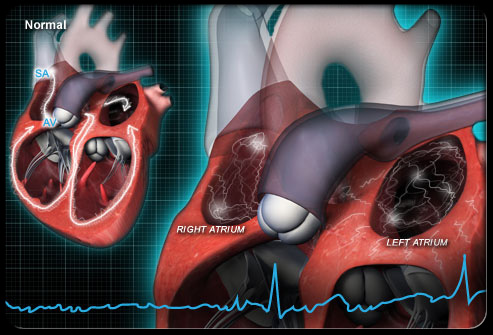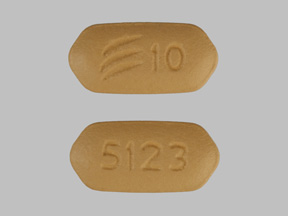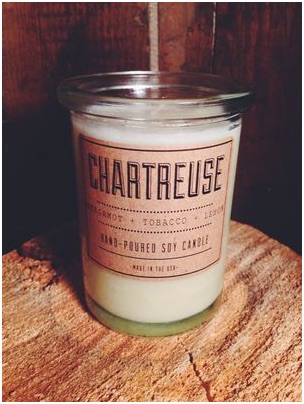Indianapolis, Indiana – In conjunction with co-counsel from Washington, D.C., an Indiana patent attorney for Eli Lilly and Company of Indianapolis, Indiana; Daiichi Sankyo Co., Ltd of Tokyo, Japan; Daiichi Sankyo, Inc. of Parsippany, New Jersey; and Ube Industries, Ltd. of  Yamaguchi, Japan sued in the Southern District of Indiana alleging that First Time US Generics LLC of Broomall, Pennsylvania infringed Effient® products, Patent Nos. 8,404,703 and 8,569,325 which have been issued by the U.S. Patent Office.
Yamaguchi, Japan sued in the Southern District of Indiana alleging that First Time US Generics LLC of Broomall, Pennsylvania infringed Effient® products, Patent Nos. 8,404,703 and 8,569,325 which have been issued by the U.S. Patent Office.
This is a civil action for patent infringement. It arises out of the filing by Defendant First Time US Generics LLC (“FTUG”) of an Abbreviated New Drug Application (“ANDA”) with the United States Food and Drug Administration (“FDA”) seeking approval to manufacture and sell generic versions of two of Lilly’s pharmaceutical products, Effient® 5mg and Effient® 10mg tablets, prior to the expiration of Daiichi Sankyo’s and Ube’s U.S. patents, which purportedly cover methods of using Effient® products. Plaintiffs assert that Lilly holds an exclusive license to these products. DSI currently co-promotes Effient® products in the United States with Lilly.
Effient® products were approved by the FDA for the reduction of thrombotic cardiovascular events in certain patients with acute coronary syndrome (ACS) who are to be managed with percutaneous coronary intervention (PCI, or angioplasty). The instructions accompanying Effient® products state that patients taking Effient® products should also take aspirin. The use of Effient® products in combination with aspirin for the reduction of thrombotic cardiovascular events in patients with ACS who are to be managed with PCI is covered by the claims of the ‘703 and ‘325 patents.
FTUG has submitted an Abbreviated New Drug Application (the “FTUG ANDA”) to the FDA pursuant to 21 U.S.C. § 355(j), seeking approval to market a generic version of Lilly’s product for oral administration (the “FTUG Products”) in the United States.
Plaintiffs assert that FTUG will knowingly include with the FTUG Products instructions for use that substantially copy the instructions for Effient® products, including instructions for administering the FTUG Products with aspirin as claimed in the ‘703 and ‘325 patents. Moreover, Plaintiffs contend that FTUG knows that the instructions that will accompany the FTUG Products will induce and/or contribute to others using the FTUG Products in the manner set forth in the instructions. Plaintiffs also contend that FTUG specifically intends that health care providers, and/or patients will use the FTUG Products in accordance with the instructions provided by FTUG to directly infringe one or more claims of the ‘703 and ‘325 patents. FTUG therefore will actively induce and/or contribute to infringement of the ‘703 and ‘325 patents, state Plaintiffs.
In the complaint, the Indiana patent lawyer for Plaintiffs listed the following counts:
• Count I: Infringement of U.S. Patent No. 8,404,703
• Count II: Declaratory Judgment of Infringement of U.S. Patent No. 8,404,703
• Count III: Infringement of U.S. Patent No. 8,569,325
• Count IV: Declaratory Judgment of Infringement of U.S. Patent No. 8,569,325
Plaintiffs ask the court for judgment:
A. That FTUG has infringed or will infringe, after the FTUG ANDA is approved, one or more claims of the ‘703 patent;
B. That FTUG has infringed or will infringe, after the FTUG ANDA is approved, one or more claims of the ‘325 patent;
C. That, pursuant to 35 U.S.C. § 271(e)(4)(B), FTUG and its agents be permanently enjoined from making, using, selling or offering to sell either or both of the FTUG Products within the United States, or importing either or both of the FTUG Products into the United States prior to the expiration of the ‘703 and ‘325 patents;
D. That, pursuant to 35 U.S.C. § 271(e)(4)(A), the effective date of any approval of the FTUG ANDA under § 505(j) of the Federal Food, Drug and Cosmetic Act (21 U.S.C. § 355(j)) shall not be earlier than the latest of the expiration dates of the ‘703 and ‘325 patents, including any extensions;
E. If FTUG commercially makes, uses, sells or offers to sell either or both of the FTUG Products within the United States, or imports either or both of the FTUG Products into the United States, prior to the expiration of either of the ‘703 and ‘325 patents, including any extensions, that Plaintiffs will be awarded monetary damages for those infringing acts to the fullest extent allowed by law and be awarded prejudgment interest based on those monetary damages;
F. That this case be deemed exceptional under 35 U.S.C. § 285
G. Declaring that the ‘703 patent remains valid and enforceable;
H. Declaring that the ‘325 patent remains valid and enforceable; and
I. That Plaintiffs be awarded reasonable attorney’s fees, costs and expenses.
Practice Tip:
In March 2014, Lilly et al. filed a 101-page complaint making similar accusations against more than thirty defendants: Accord Healthcare, Inc. USA; Accord Healthcare, Inc.; Intas Pharmaceuticals Ltd.; Amneal Pharmaceuticals LLC; Amneal Pharmaceuticals of New York, LLC; Amneal Pharmaceuticals Co. India Pvt. Ltd.; Aurobindo Pharma Limited; Aurobindo Pharma USA Inc.; Dr. Reddy’s Laboratories, Ltd; Dr. Reddy’s Laboratories, Inc.; Glenmark Generics Inc., USA; Glenmark Generics Ltd.; Glenmark Pharmaceuticals Ltd.; Hetero USA Inc.; Hetero Labs Limited; Hetero Labs Limited Unit V; Hetero Drugs Ltd.; Mylan Pharmaceuticals Inc.; Mylan Inc.; Mylan Laboratories Limited; Par Pharmaceutical Companies, Inc.; Par Pharmaceutical, Inc.; Sun Pharma Global FZE; Caraco Pharmaceutical Laboratories, Ltd.; Sun Pharma Global Inc.; Sun Pharmaceutical Industries, Ltd.; Teva Pharmaceuticals USA, Inc.; Teva Pharmaceutical Industries, Ltd.; Watson Laboratories, Inc.; Actavis plc; Actavis, Inc.; Actavis Pharma, Inc.; Zydus Pharmaceuticals USA, Inc.; and Cadila Healthcare Ltd. d/b/a Zydus Cadila.
FTUG is the latest of addition to Lilly’s list of defendants in the Effient litigation. In contrast to the March complaint against 30-plus mostly unrelated defendants, FTUG, as well as the other subsequent unrelated defendants, have been added via separate complaints alleging patent infringement.
 Indiana Intellectual Property Law News
Indiana Intellectual Property Law News


 Jersey; and
Jersey; and  e, Indiana –
e, Indiana –  Aggregation,”
Aggregation,”  States Supreme Court
States Supreme Court infringed either of two Attachmate software works titled “EXTRA!” and “Reflection”, Copyright Registration Nos.
infringed either of two Attachmate software works titled “EXTRA!” and “Reflection”, Copyright Registration Nos.  Indiana (“Chartreuse”) filed a lawsuit in the
Indiana (“Chartreuse”) filed a lawsuit in the